Tag: intubation

PICU Up! A Multicomponent Early Mobility Intervention for Critically Ill Children
Pediatric intensive units traditionally have had a culture where critically ill children are intubated and mechanically ventilated, immobilized, and highly sedated. This practice is primarily driven by a focus on safety... read more
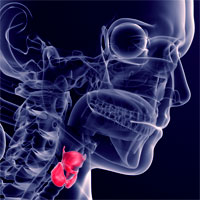
Post-extubation Dysphagia
Despite having the tools and techniques for tracheal intubation for > 4000 years, and performing oral intubation with positive pressure mechanical ventilation for > 50 years, only recently has attention focused on... read more

High-Flow Nasal Cannula vs. Noninvasive Ventilation
High-flow conditioned oxygen therapy delivered through nasal cannulae and noninvasive mechanical ventilation (NIV) may reduce the need for reintubation. Therefore, Hernández et al set out to test if high-flow conditioned... read more
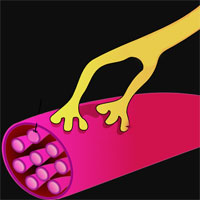
Urgent Intubation without Neuromuscular Blocking Agents and the Risk of Tracheostomy
Neuromuscular blocking agents play a significant role in improving the success rate for urgent intubation, although there is limited evidence about the effect on subsequent outcomes, such as the incidence of tracheostomy.... read more
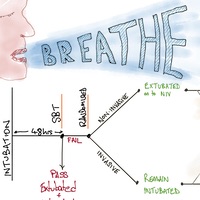
Effect of Protocolized Weaning With Early Extubation to Noninvasive Ventilation vs Invasive Ventilation
This complex randomized, controlled trial failed to demonstrate that early extubation to non-invasive ventilation reduced the total time of mechanical ventilation. I will continue to extubate early and will use non-invasive... read more

Designing a Nurse-Delivered Delirium Bundle: What ICU Staff, Survivors, and Their Families Think?
Generally, the bundle was deemed acceptable and deliverable. However, like any complex intervention, component adaptations will be required depending on resources available to the ICU; in particular, involvement of pharmacists... read more
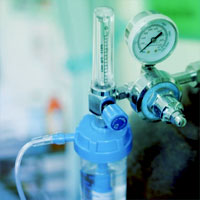
Added Benefit of Noninvasive Ventilation to High-Flow Nasal Oxygen to Prevent Reintubation in Higher-Risk Patients
Liberating patients from ongoing invasive mechanical ventilation is typically a 3-step process. First, clinicians must recognize that patients may no longer require mechanical ventilation, when the reasons for intubation... read more
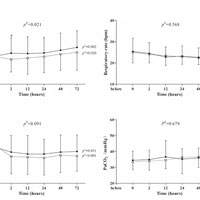
Noninvasive Ventilation in Pneumonia-induced Early Stage Mild ARDS
Treatment with noninvasive ventilation (NIV) did not reduce the need for intubation among patients with pneumonia-induced early mild acute respiratory distress syndrome (ARDS), despite the improved PaO2/FIO2 observed with... read more
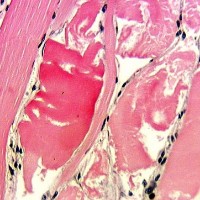
Mechanical Ventilation-induced Diaphragm Atrophy Strongly Impacts Clinical Outcomes
Diaphragm atrophy developing during mechanical ventilation strongly impacts clinical outcomes. Targeting an inspiratory effort level similar to that of healthy subjects at rest might accelerate liberation from ventilation.... read more

Early Mobilization Reduces Duration of Mechanical Ventilation and Intensive Care Unit Stay in Patients With ARF
The introduction of early mobilization for patients with mechanical ventilation (MV) in the ICU shortened MV durations and ICU stays. A multidisciplinary team that includes the patient's family can work together to improve... read more
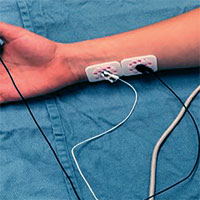
Reversing Neuromuscular Blockade
Neuromuscular blocking drugs have for years enabled anesthesiologists beneficially to relax skeletal muscles to improve anesthetic management, increase safety and quality of tracheal intubation, and to provide favorable intraoperative... read more

Emergency Department Intubation Success With Succinylcholine vs. Rocuronium
In this large observational series, there was no association between paralytic choice and first-pass rapid sequence intubation success or peri-intubation adverse events. There were 2,275 rapid sequence intubations facilitated... read more

Laryngeal Injury and Upper Airway Symptoms After Oral Endotracheal Intubation With Mechanical Ventilation During Critical Care
Laryngeal injury from intubation is common in the ICU setting. Guidelines for laryngeal assessment and postextubation surveillance do not exist. A systematic approach to more robust investigations could increase knowledge... read more

Extubating Ventilated Patients on Vasoactive Infusions is Safe
In a large single centre study, 21% of intubated patients who received infusions of vasoactive infusions while mechanically ventilated were extubated for the first time while still receiving them. Coincident with their earlier... read more







